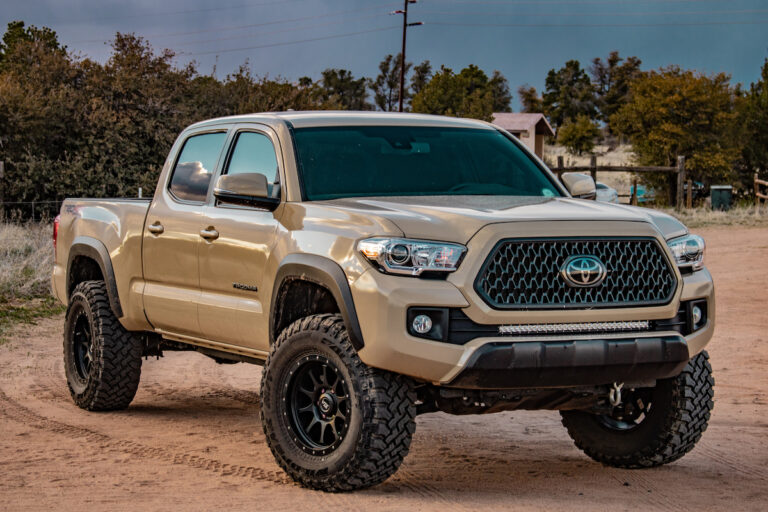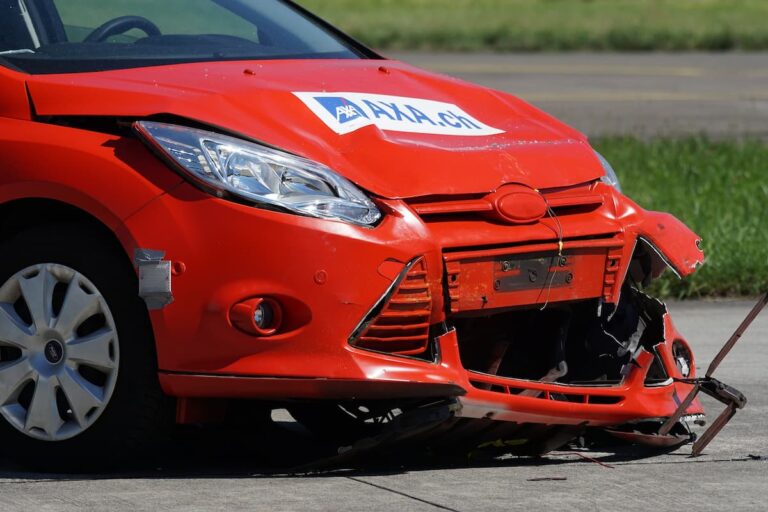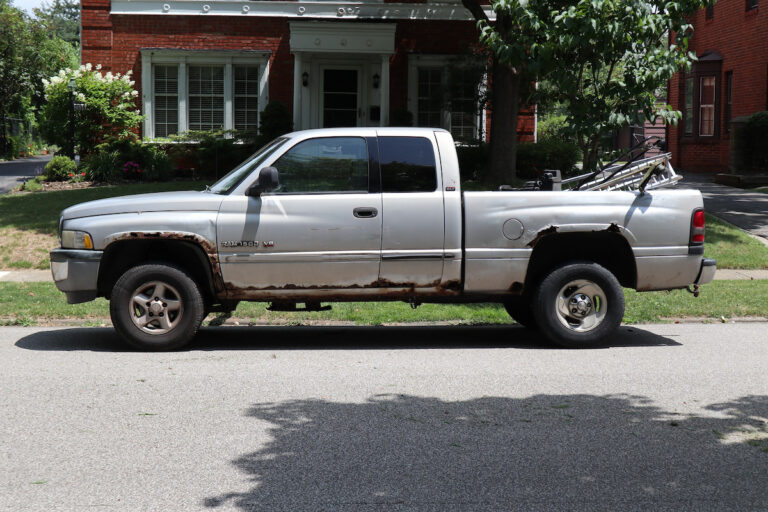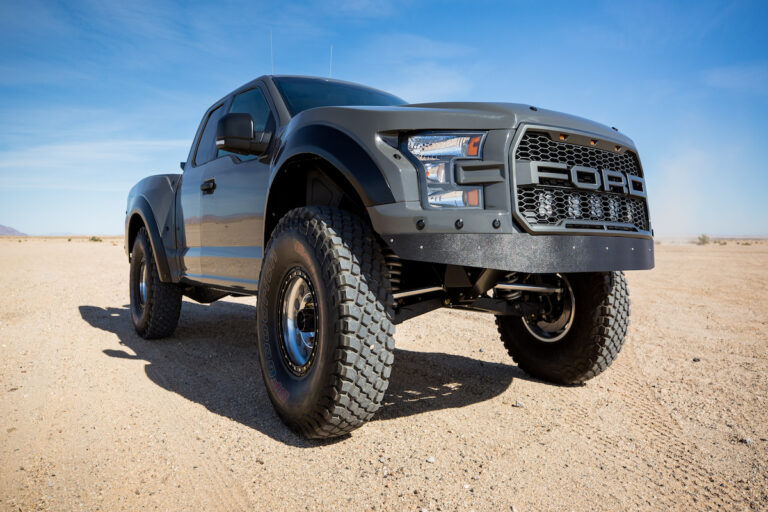Should Your Car Be Running When Bleeding Brakes?
Now and then, your brakes may stop working as well as they used to. The brake pads are fine, but the pedal isn’t as responsive as it once was.
The problem could be that air has gotten into your brake lines and needs to be bled.
When bleeding the brakes of your car, it usually doesn’t matter if the engine is running. Some brake systems use a pump that only runs with the engine on; otherwise, you can err on the side of caution and leave the engine off for safety.
How To Properly Bleed Your Brakes
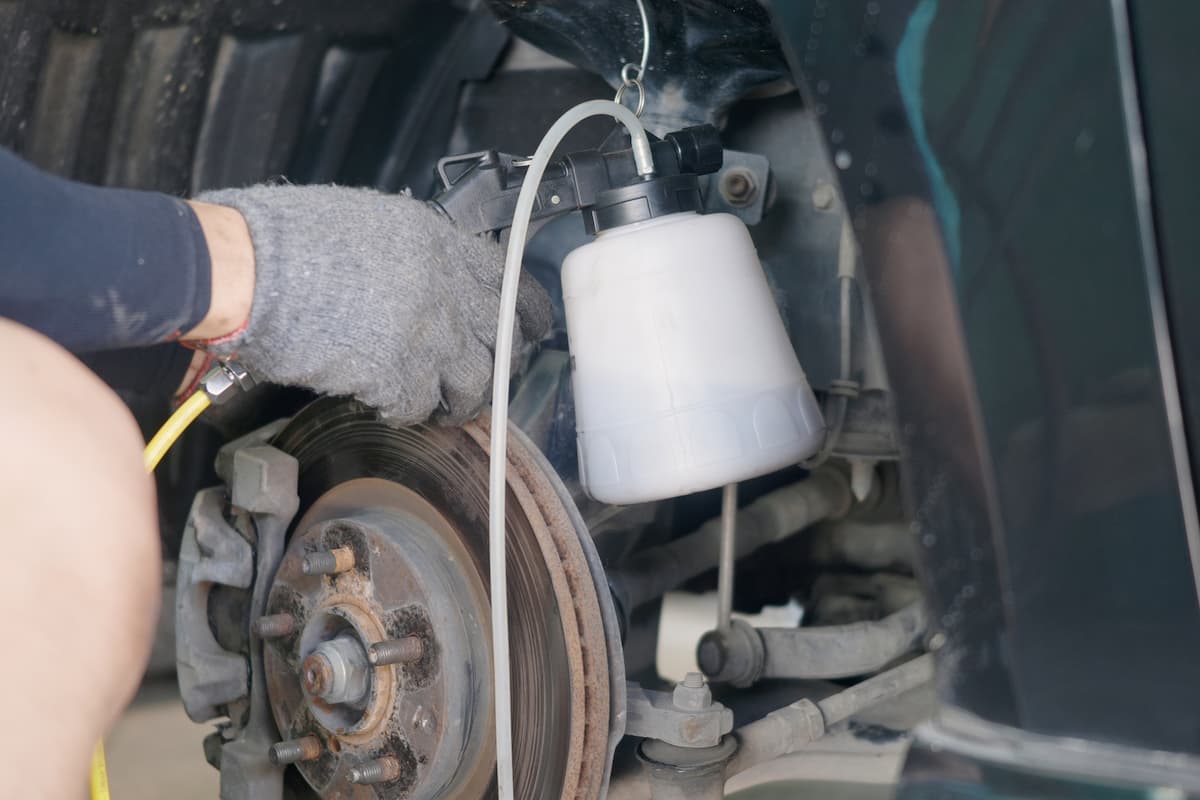
You shouldn’t ever work on your car if you don’t know what you’re doing. A solid understanding of the job will ensure you and your vehicle are safe and reduce the time required to get it done.
What is Bleeding Your Brakes?
Bleeding your brakes releases air or controlled amounts of fluid from the caliper or wheel cylinder that could be causing the brakes to function less efficiently.
For your brakes to operate, all the parts need to work together perfectly, and the whole system relies on brake fluid.
Braking begins when you press down on the brake pedal, moving a plunger in the master cylinder that forces brake fluid through the brake lines.
Once the fluid reaches the brakes, it applies pressure to the brake pads. The brake pads squeeze your vehicle’s brake discs to slow and eventually stop the car.
The full hydraulic pressure of the brakes depends on proper fluid levels. Brake fluid, like most liquids, is not compressible, so when it is pumped through the system, it can exert the right amount of force on the brake pads.
In contrast, air is compressible, and when it gets into the brake system, it interferes with pressure levels and weakens the brakes.
Bleeding your brakes is just opening a small valve on the caliper to release air, vapor, or fluids from the lines so the system can function as designed.
How Does Air Get Into Your Brake Lines?
Generally, air shouldn’t get into your brake lines because the system is sealed. Unfortunately, there are a few ways to end up with air inside.
Air can get in if you replace parts of the lines or if there is a problem with the seals of your brake system. Any small holes or openings mean the system is compromised and can allow air in.
The fluid in your brake lines can also boil under pressure. Like boiling water, this creates a vapor that can linger for a while.
When To Bleed Your Brakes
Most vehicles are designed to never need brake bleeding.
The only time you should bleed your brakes is if you have air or vapor in your lines, and
certified mechanics have verified that it’s a necessary process. Otherwise, it’s best to leave your brake system alone because in trying to remove the air, you could actually allow air to get in.
However, there are a few situations where bleeding your brakes may be required.
It’s necessary to bleed the brakes when you replace your brake pads or brake fluid to remove any bubbles and check if air got into the system when changing the parts.
If you notice your brake pedal sticking to the floor when you press it, you may need to bleed your brakes. Pedal sticking indicates a problem in the brake system that needs to be checked out.
Squealing sounds when you brake usually mean that your pads need to be changed, but it can also mean air in your system.
Should The Car Be Running When You Bleed Your Brakes?
Most of the time, your car should be off when you bleed the brakes. It’s much safer, and most vehicles don’t rely on the engine to use the brake pedal.
Some vehicles have a pump that can purge brake lines; for those, you’ll need to have the engine on.
You can turn the key in the ignition to turn on the air conditioner or heater. Running the power might not be the best move for your battery, but it shouldn’t interfere with the process or cause any safety risks.
Can You Bleed Your Brakes On Your Own?
You can bleed your brakes yourself, but it’s a bit complicated, and if you’re unsure what you’re doing, it’s best to leave it to a certified mechanic.
Firstly, bleeding your brakes is a two-person job. You’ll need someone in the driver’s seat to press down and release the brake on command and another to work the caliper caps.
Secondly, you will need some special equipment to do the job right, primarily a jack so you can lift your vehicle off the ground and remove the wheels.
If you have the extra person and equipment to bleed your brakes safely, it is possible to do it on your own. Keep in mind that by working on your car yourself, you may void warranties on any parts you have worked on.
How To Bleed Your Brakes
Lift your vehicle and remove the wheels.
Locate the calipers and the bleeder screw at the rear of the caliper body.
Set up a hose and bottle to catch the liquid released when you loosen the bleeder screw.
Have the person in the vehicle push the brake all the way down and hold it until you tell them to release it.
With the brake pedal down, turn the bleeder screw a quarter turn. Only leave it open for a second or two – this releases fluid from inside the line.
Gently tighten the screw. Once done, you can tell the other person to release the brake pedal.
Do not release the brake pedal with the bleeder screw open. It will suck air into the system.
Continue this process for each caliper until the waste fluid has no air bubbles.
Be sure to clean all the bleeder screws afterward and make sure your brakes still feel firm.
Conclusion
Your brake system relies on the correct fluid pressure to function properly. If air or water vapor gets into the system, it can affect the performance of your brakes.
Bleeding the brakes removes the air (or vapor) and should only be done by experienced home mechanics or certified professionals.
If you’re bleeding your brakes yourself, it’s usually better to do it with the engine off – it’s safer for the person under the car.
That said, you can turn on the engine if your brakes rely on a pump or if the person in the driver’s seat needs air conditioning or heat.
In most cases, the vehicle should not be running, but turning it on shouldn’t interfere with the process.

